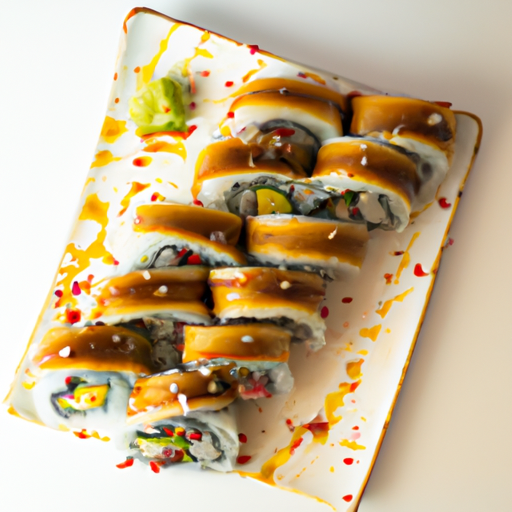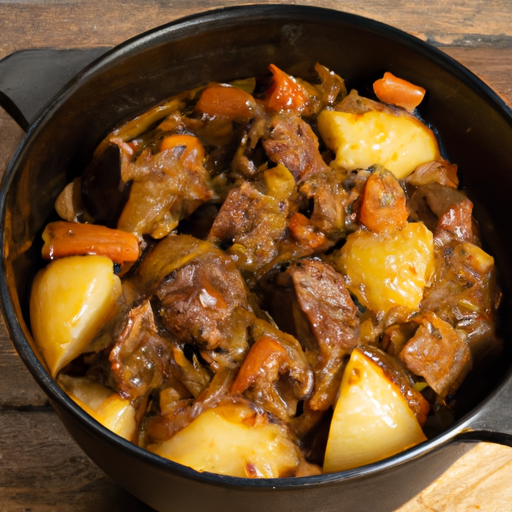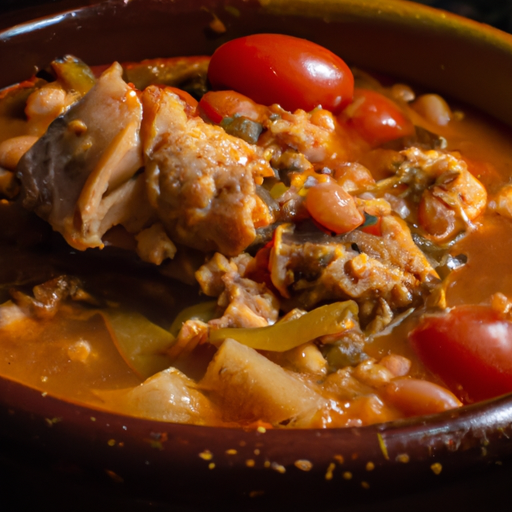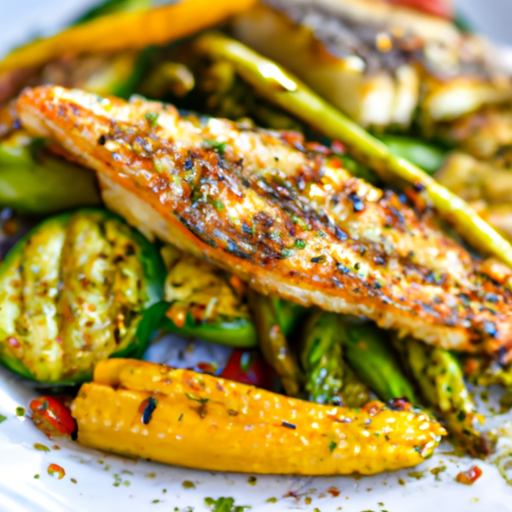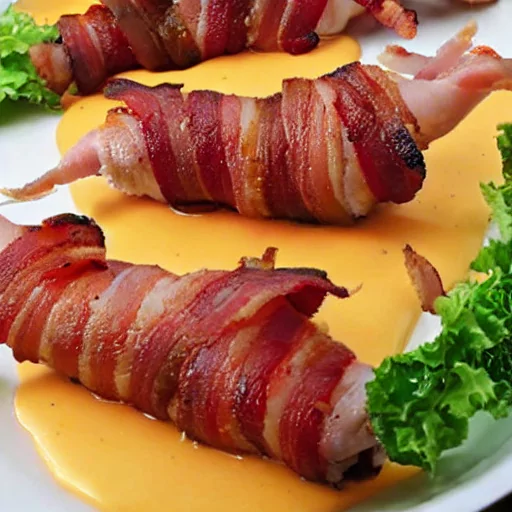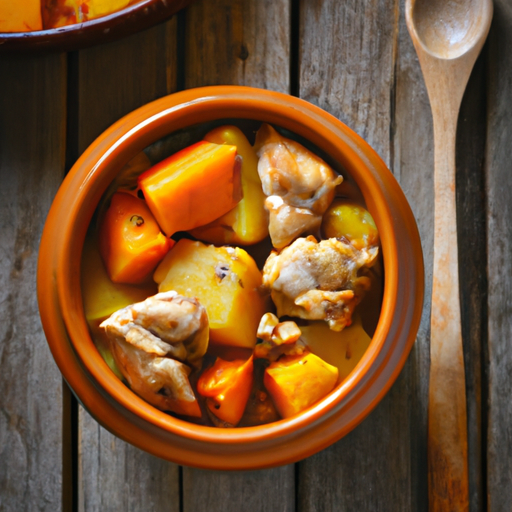California Rolls
The origins of California rolls are examined in this overview. A detailed exploration of the California roll’s background provides readers with a deeper understanding of its history.
The ingredients and preparation of California rolls are also discussed. Readers will gain insight into the specific components that make up this culinary creation.
An academic style of writing is adopted in this overview. By keeping the focus on the subject matter rather than the author’s perspective, readers can engage with the information in a more objective manner.
Overall, this overview aims to provide a comprehensive examination of California rolls, allowing readers to develop a greater appreciation for this popular dish.
California Rolls: Origins and History
The 1960s in Los Angeles saw the emergence of California rolls, a sushi roll popularized by sushi chef Ichiro Mashita at his restaurant, Tokyo Kaikan. This type of sushi roll was created to cater to the preferences and tastes of Americans who were not accustomed to eating raw fish. Instead of the traditional raw fish fillings, the California roll made use of avocado, making it more appealing and accessible to a wider audience.
This innovation marked a significant shift in sushi consumption in America, and opened the door for other variations and adaptations beyond traditional Japanese cuisine. Nowadays, California rolls are widely available and enjoyed by people worldwide as a favorite sushi choice.
Ingredients for California Rolls
-Cooked sushi rice
-Nori seaweed sheets
-Avocado
-Cucumber
-Crab meat
-Mayonnaise
-Sesame seeds
Instructions
To make sushi rolls, begin by laying out a bamboo sushi rolling mat. This will provide stability and support during the rolling process. Once the mat is in place, take the following steps:
-
Get the ingredients ready:
- Cut avocado, cucumber, and crab sticks into thin strips.
- Cook sushi rice according to package instructions and let it cool.
-
Place a sheet of nori (seaweed) onto the mat.
- Spread a layer of sushi rice evenly over the nori, leaving about one inch at the top without rice.
-
Place the fillings:
- Place avocado, cucumber, and crab sticks on top of the rice.
-
Roll up securely:
- Starting from the bottom edge of the mat, use your fingers to roll up firmly while applying gentle pressure.
-
Slice into bite-sized pieces with a sharp knife.
Cooking Tips: Sushi Rice Preparation
An integral part of making sushi rolls is to cook the rice according to the package instructions and allowing it to cool before using. This step is essential for achieving the desired texture and stickiness. Different brands of sushi rice may require different cooking times, water ratios, and cooling methods. To provide an idea of the instructions typically found on packages, the following table shows the guidelines:
| Brand | Cooking Time (minutes) | Water Ratio | Cooling Method |
|---|---|---|---|
| A | 20 | 1:1 | Fan or open air |
| B | 18 | 1:1.25 | Room temperature |
| C | 15 | 1:0.9 | Refrigerator |
| D | 22 | 1:0.8 | Ice bath |
| E | 17 | 1:1 | Wet towel |
For the best results in making sushi rice, it is recommended to follow the instructions provided by each brand.
Final Thoughts
Understanding and accurately following the cooking instructions is essential for achieving the desired texture and stickiness of sushi rice.
Preparing sushi rice involves rinsing it to get rid of excess starch and then cooking it in the right ratio of water to rice.
Once cooked, the rice needs to be seasoned with a mixture of vinegar, sugar, and salt while being fanned to cool down gradually. This process helps create the sticky texture necessary for making sushi rolls.
Overcooking or undercooking the rice can lead to undesirable outcomes such as mushy or hard grains. Likewise, not properly seasoning the rice can lead to bland flavors.
Therefore, each step of the cooking process needs to be given due attention to get the best results when making California rolls or any other type of sushi.
Frequently Asked Questions
Are California Rolls Considered Traditional Japanese Sushi?
The question of whether California rolls are considered traditional Japanese sushi is a matter of debate. While some argue that they have become part of the sushi tradition, others maintain that they originated outside of Japan and do not meet the criteria for traditional sushi.
What Is the Nutritional Value of a California Roll?
The nutritional value of a California roll can be analyzed by examining its ingredients, such as white rice, imitation crab, avocado, and seaweed. This analysis would consider factors like calorie content, fat content, protein content, and vitamin/mineral composition.
Can California Rolls Be Made With Brown Rice Instead of White Rice?
The substitution of white rice with brown rice in California rolls is a potential modification to the traditional recipe. However, further investigation is required to determine the impact on taste, texture, and overall quality of the dish.
Are California Rolls Typically Served With Wasabi and Soy Sauce?
The typical accompaniments served with California rolls include wasabi and soy sauce. These condiments provide a spicy kick and enhance the umami flavors of the roll.
What Are Some Common Variations or Additions to the Traditional California Roll?
Common variations and additions to the traditional California roll include adding avocado, cucumber, or cream cheese. Some sushi chefs may also incorporate ingredients like spicy mayo, tempura flakes, or different types of fish for a unique twist.
